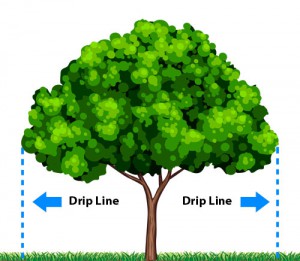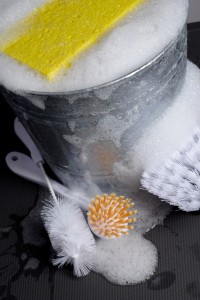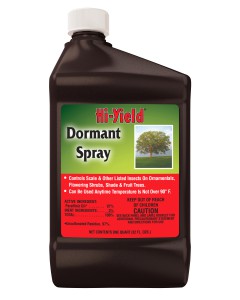Crapemyrtle Treatments
This article covers the topic of controlling Crapemyrtle (also sometimes spelled Crepe Myrtle, Crepemyrtle or Crape Myrtle) bark scale.
There is a new, serious threat to one of our favorite trees. It’s even more serious than the unsightly and oft mentioned crape murder. As a reminder, crepe murder is the extreme pruning of crepe myrtles that results in weakened and deformed trees. If you aren’t sure how to properly prune your crepe myrtles, check out this post. Okay, jumping off that soapbox, let’s talk about the Crapemyrtle Bark Scale. It has been around the Southeast for years but this insect showed its destructive little head in Arkansas a few years. Are we gonna just take this or are we gonna fight? We say fight!
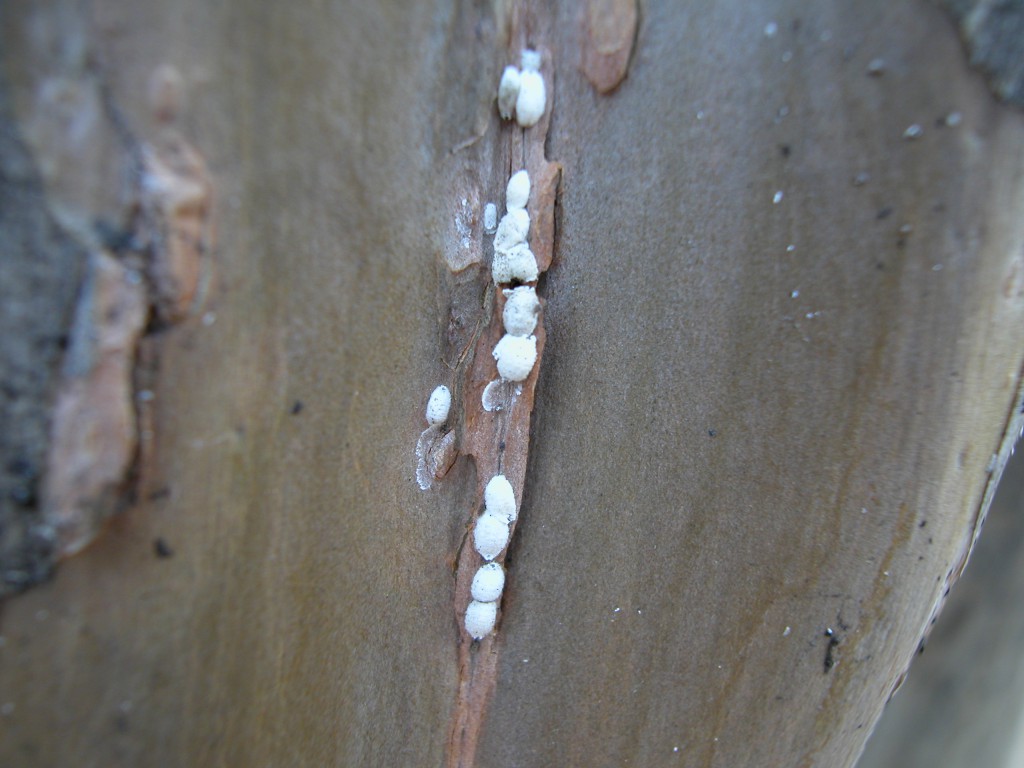
*Pictures of Crapemyrtle Bark Scale were provided by the University of Arkansas Cooperative Extension Service.
Crapemyrtle Bark Scale (let’s call it CMBS) is a small insect that appears as a white or gray felt-like encrustation. CMBS might be found anywhere on crepe myrtles bark, and often appears near pruning sites and branch crotches of more mature wood. Often times, the first sign of CMBS is the black sooty mold on the tree bark. This may be misleading since a more common and easy to control pest, aphids, can also cause sooty mold. Closely examine the affected areas to properly identify the pest. Bring us samples or images if you aren’t sure.
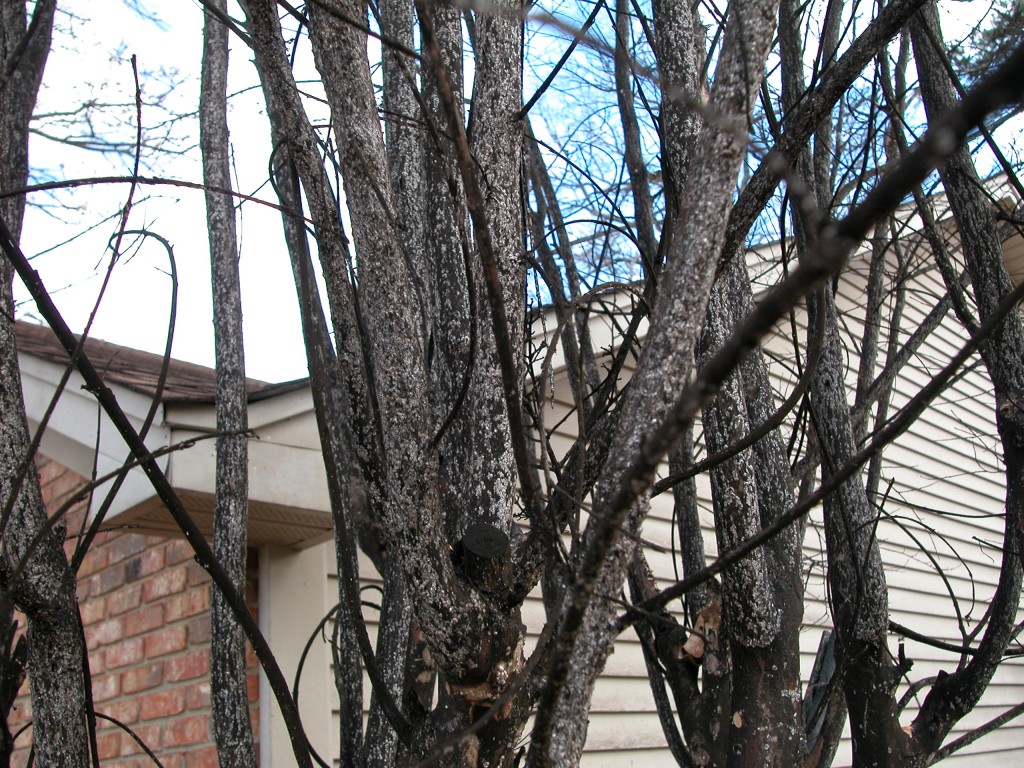
This tree is heavily infested with CMBS; notice the gray and white insects all over and the black sooty mold covering the entire surface of the tree bark.
Life Cycle of CMBS
As with most insects, there are several life stages and the appearance of CMBS changes with the stages. CMBS might be able to overwinter in the adult female and egg life stages, and crawlers and later stage nymphs have been observed overwintering under the loose bark and in cracks and crevices of crapemyrtles in our area. In one year, there could be at least two generations of CMBS. This can be a difficult pest to control and it may take multiple years of treatment.
So, how do we fight this pest? Keep reading!
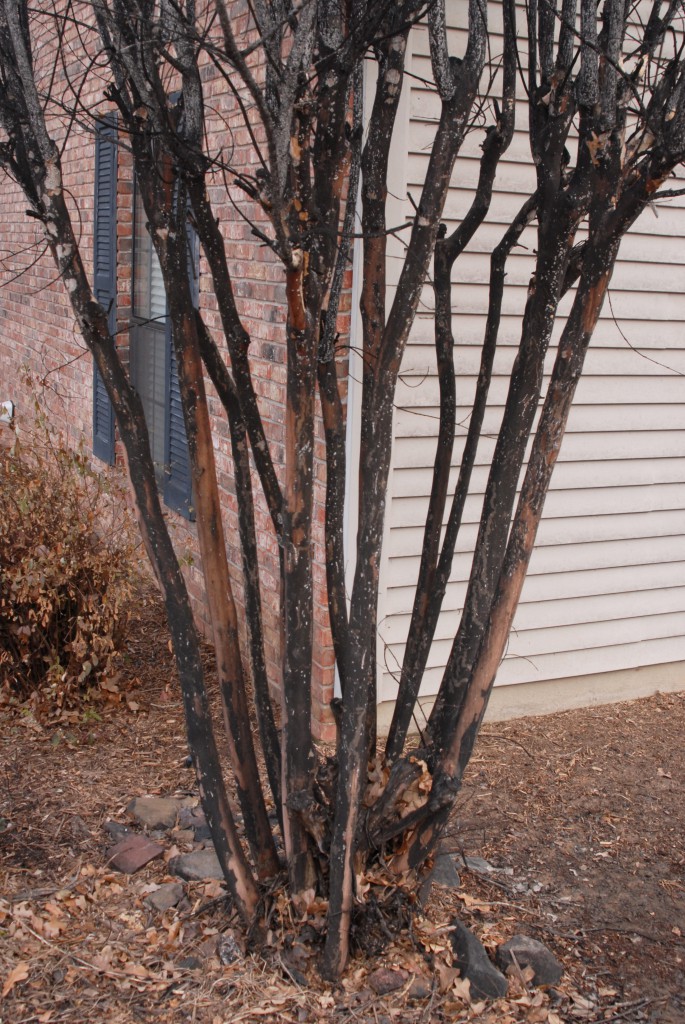
Again, black sooty mold with gray and white specs being CMBS.
Treatment
The best window for control is late April or early May as the crepe myrtles begin to really flush. Apply a soil drench of an imidacloprid product such as Ferti-Lome Tree & Shrub Systemic Insect Drench during this period. If CMBS are in your area, it would be a good idea to apply this as a preventative measure during this window. This imidacloprid product is a soil drench that is watered into the root zone, specifically in the drip line of the tree (above graphic) where the feeder roots are located.
Every month past May, the effectiveness of control decreases since the plants are growing less and less. During times when crepe myrtle trees are not in leaf, apply sprays of dormant oil (containing paraffin oil), taking care to apply under loose bark and in cracks and crevices.
Here is the list of what you can do and when it needs to be done:
Anytime
Mix dishwashing soap with water and scrub the branches with a soft bristle brush. This is not necessary but it will remove the unsightly black sooty mold. We have heard of people using pressure washers to remove sooty mold; we do not suggest this course of action, as it can cause damage to the tree.
Late Fall-Early Spring
Once the tree defoliates or before it puts on new foliage, spray with a dormant oil. This can be done multiple times. Apply thoroughly, making sure to get the product under crevices in the bark and between branches.
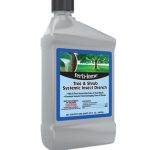
Late April-Early May
Apply Ferti-Lome Tree & Shrub Systemic Insect Drench. Mix with water as directed, and apply in a band along the drip line of the plant, as a soil drench. To measure the crepe myrtle, add up the circumference of all trunks at chest high (about 4.5 feet off the ground). For example, if you have 5 trunks and the trunk circumference is 4 inches each, then you have a total of 20 inches in circumference.
The drench will need to be applied to the drip line of the plant. The drip line of the plant is considered to be the outer circumference of the plant branches and inward toward the trunk several feet (see diagram above). In order to apply this 20 ounces properly, it will need to be mixed into several gallons of water so that there is enough volume to be applied in a 3-4 foot band from the drip line in towards the tree trunk all the way around the plant.
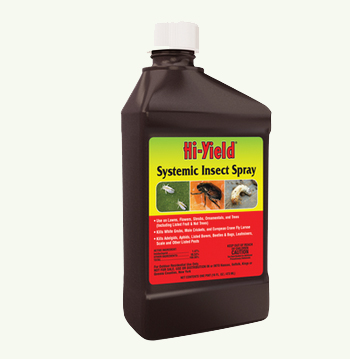 Late Summer-Early Fall
Late Summer-Early Fall
Treat with Hi-Yield Systemic Insect Spray using a hose end sprayer. This should be done after blooming has ended for the season. Be sure to coat the trunk thoroughly. As with all chemicals, use as directed on the label only. If the tree is located near other blooming plants, skip this step. It’s not a crucial step in the control process and it’s not worth potentially damaging any beneficial insects.
For more information, visit the University of Arkansas Cooperative Extension Service fact sheet. We thank them for providing the images! The Good Earth Garden Center has what you need to save your crepe myrtles….come see us!
